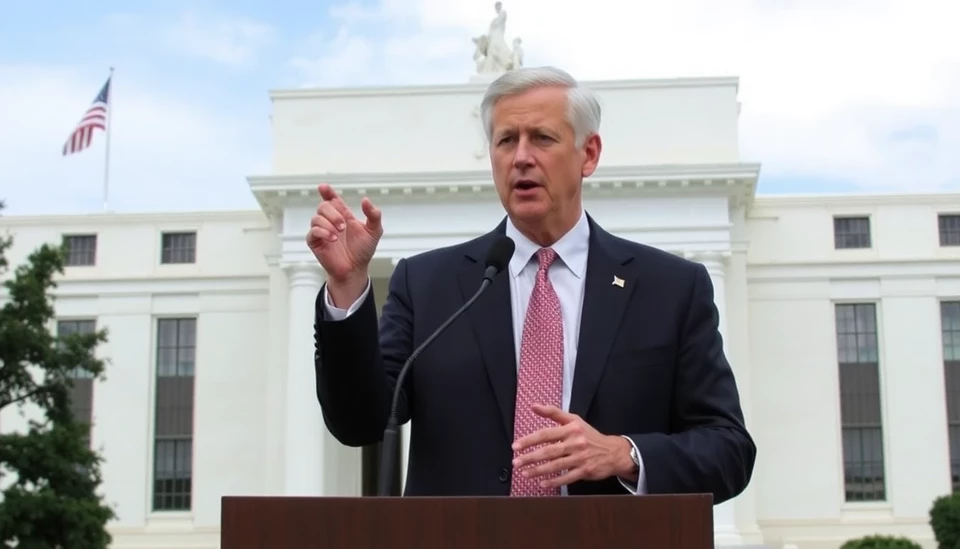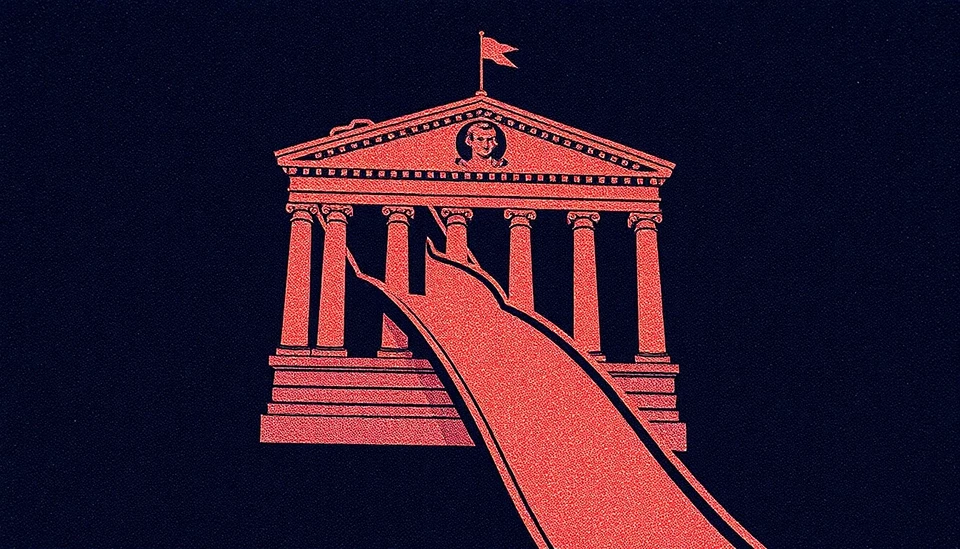
In a recent report, core inflation in the United States has demonstrated resilience, with an unchanged increase of 0.3% for the fourth straight month. This sustained level of inflation signals ongoing economic pressures that could influence monetary policy decisions moving forward.
The core consumer price index (CPI) figures released indicate that key sectors of the economy continue to see a steady rise in prices, despite the Federal Reserve's previous attempts to curb inflation through interest rate hikes. This prolonged inflationary trend leaves economists and consumers alike wondering about the potential impact on the broader economy.
Fueling the stubborn inflation are elevated costs in various categories, notably housing, food, and energy. These essential items exert a significant influence on the overall cost of living, tightly gripping consumers' wallets as they confront higher prices for their everyday needs.
Despite efforts to stabilize the economy, the persistence of core inflation raises concerns about potential changes in the Federal Reserve's strategy, particularly as policymakers assess the effectiveness of their previous monetary actions. Economists warn that if inflation does not show signs of easing soon, the central bank may have no choice but to consider additional rate hikes to steer inflation back to a more manageable level.
The implications of this inflationary environment are multifaceted, extending beyond mere numbers. Households are experiencing real strain as wages struggle to keep pace with rising prices, which could dampen consumer spending and hinder economic growth. Moreover, businesses face the challenge of passing on costs to consumers, navigating a delicate balance between maintaining profit margins and keeping their prices competitive.
Looking ahead, analysts suggest that careful monitoring of future inflation data will be crucial for both the Federal Reserve and market participants. Any unexpected shifts in inflation trends could provoke swift responses from the central bank, potentially altering the trajectory of both economic growth and financial markets.
As the situation unfolds, it becomes increasingly clear that inflation remains a critical focal point for the U.S. economy, demanding attention from both policymakers and consumers. The path forward will require a nuanced understanding of market dynamics and the underlying factors contributing to this inflationary landscape.
In conclusion, the latest core CPI report paints a picture of a resiliently high inflation environment, posing challenges as the Federal Reserve navigates these turbulent economic waters. Stakeholders across the board will need to stay vigilant as they brace for potential changes in the economic landscape.
#inflation #CPI #economy #FederalReserve #monetarypolicy #costofliving #economicgrowth #interestRates
Author: Laura Mitchell




